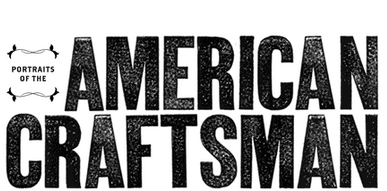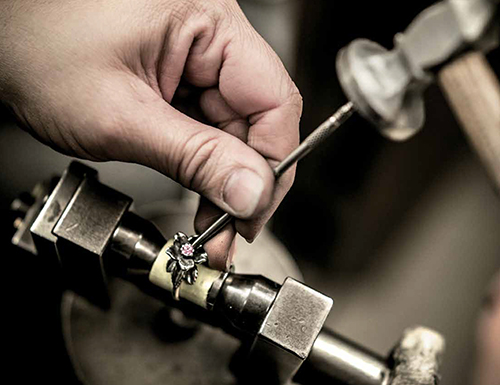James Avery Jewelry: a mastery of form and function.
It wasn’t long before James Avery went from crafting jewelry in a two-car garage to being the head of a large company. Once that happened, he realized that managing that success the right way meant instilling in his company the values he brought to his craft—hard work, a mastery of form and function, clean lines, and an understanding that jewelry was not the company’s core business.
“He knew we’re in the ‘connection and meaning’ business,” says Howell Ridout, who has worked with the company for thirty-eight years. “We create symbols that connect people with each of their family members, with their friends, with their faith. If you give a keychain with a soccer ball to your child’s coach at the end of the season, you’re expressing thanks to that person for sharing the best parts of your life together.”
Now ninety-one years old, James Avery still helps guide the company, though it’s run day-to-day by his two sons, Chris and Paul. The sons say it’s paramount that they foster a culture that stays true both to their father’s artisanal vision and his belief that they offer symbols of society’s connective tissue. “When you foster that belief in your company, you really get buy-in from employees,” Chris Avery says. “And not in a
superficial way. They care about what they do, about what we do together.”
Paul Avery talks about the “values that drive our design approach . . . designs that are lasting.” That approach has stayed consistent for decades. The simple nature of the designs belies the quality in the process. (Check the finish on the back of a piece, or the weight it has because it’s not hollow—two areas where other jewelry designers cheat on quality to meet mass-market demand.) And as was James Avery’s desire, the company designs not just the jewelry but everything associated with its stores, from the catalogs to the display cases and sales counters (built in the company’s own millwork shop) to the gift cards.
This means that the company often rejects paths to rapid growth to maintain its mission of quality. They ask instead: How much growth can the company absorb without sacrificing something essential? “We still balance handcraftsmanship with technology,” Chris Avery says.
“We still use a lot of hand skill in design and metalwork. But in some cases, the technology gives you a better-quality product.” Paul Avery adds, “Like in mechanical finishing. A lot of our jewelry is still hand cleaned and filed, but then polishing now can be more consistent and beautiful.”
There’s no doubt, though, that the company values quality over growth. It also insists that its five manufacturing shops be located in the United States (all in Texas, as a matter of fact).
“Could we save money overseas? Sure,” Chris Avery says. “But it’s not worth it. We’ve got 450 American manufacturing jobs here, 1,600 employees overall. And we’re proud that we can provide great American jobs, have a great product, and not have to make that sacrifice. It was important to our father. It’s important to us.”





